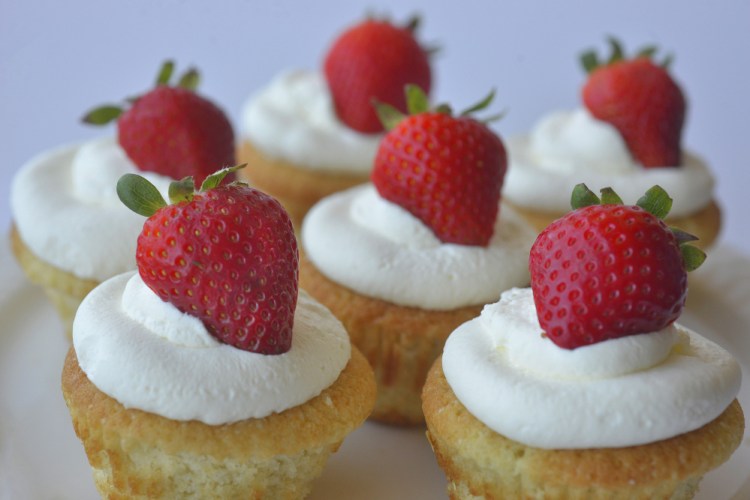I am practitioner of moderation parenting. It’s served both my kids and my sanity pretty well.
So when I sat down to write a column on growing greener kids, I was torn between conveying what I now know I should tell mothers newer to the job than I, and being honest about what I actually did to integrate sustainable eating practices into my kids’ lives at 6 months, 6 years and 16.
My sister, whom I sometimes call Saint Kathryn, made all of her son’s baby food. By doing so, she knew his strained peas were just that, and coincidentally avoided sending a good amount of packaging to the landfill. She was motivated more by greenbacks than green eating tenets, as she took a year off from teaching to be with her baby. Preparing his food from scratch fit her budget better.
When my son was in the baby food stage, we were doing double duty as university dorm parents. Our convenient rent-free apartment was inconveniently kitchen-free. I scrambled eggs (neither cage-free nor farm fresh) on a single-ring hot plate. I steamed California broccoli in the Massachusetts microwave inside plastic wrap. Organic baby food from Whole Foods went with him to day care, and I have no idea where the jars ended up. For dinner I’d feed him the mushiest option on the steam table in the dining hall, while he grew especially fond of the sugary goop flowing from the fro-yo machine. So what do I know about raising a green kid, really?
Well, at each stage in my kids’ lives, it was eminently clear that snack time provided a better teaching moment than mealtime. The latter serves as the day’s decompression session, and food is rarely the topic of conversation. But snack time is short and food-focused, and it happens two, maybe three, times a day. As a parent, you can apply Michael Pollan’s mantra on sustainable eating to snack time by using these breaks to teach your kids to eat food, not too much, mostly plants.
According to a recent study conducted by Harris Poll, paid for by Bel Brands USA, Inc., makers of The Laughing Cow Cheese Wedges and Mini Babybel Cheeses, 60 percent of 1,000 parents surveyed said they use snack time to teach children to eat healthy foods. Healthy is not always green, but it’s a good start.
Done even greener, snack time teaches kids about making good choices, eating in moderation, stopping to savor the food at hand and knowing how it got there. My top five green snack-time takeaways are:
• Choice is good. Knowing you’re hungry is easy. Pinpointing what you’re hungry for takes practice. This skill, once acquired, curbs overconsumption and cuts food waste. Snack trays offering salty (popcorn), sweet (Fair Trade chocolate), sour (DIY pickles), crunchy (garden green beans) and creamy (local yogurt) options help kids understand what they’re in the mood for.
• Juxtaposition is a tool. Kids have short attention spans and long memories. Offering them a side-by-side snack of local strawberries and ones shipped in from California will fix in their minds which one is better tasting and why.
• Pairings are fun. My kids have always been happy to crunch on raw celery. Through snack-time trial and error, they’ve learned that peanut butter, cream cheese and hot sauce are palatable combinations but honey, whipped cream and chicken gravy are not.
• Don’t underestimate the power of school snack-time comparisons. My daughter has convinced several friends to eat chopped fennel, my son swaps rides for homemade baked goods, and I’m still working to convince my kids that the best ramen is made with my stock and not with the yellow powder in the silver packet tucked inside 39-cent noodles.
• Veer from the green path every once in a while. Who doesn’t love a good cupcake now and again? Anything taboo, at any age, is at the same time dangerously alluring.
Christine Burns Rudalevige is a food writer, a recipe developer and tester, and a cooking teacher in Brunswick. Contact her at: cburn1227@gmail.com.
Send questions/comments to the editors.



Success. Please wait for the page to reload. If the page does not reload within 5 seconds, please refresh the page.
Enter your email and password to access comments.
Hi, to comment on stories you must . This profile is in addition to your subscription and website login.
Already have a commenting profile? .
Invalid username/password.
Please check your email to confirm and complete your registration.
Only subscribers are eligible to post comments. Please subscribe or login first for digital access. Here’s why.
Use the form below to reset your password. When you've submitted your account email, we will send an email with a reset code.